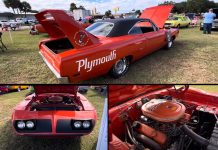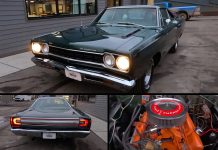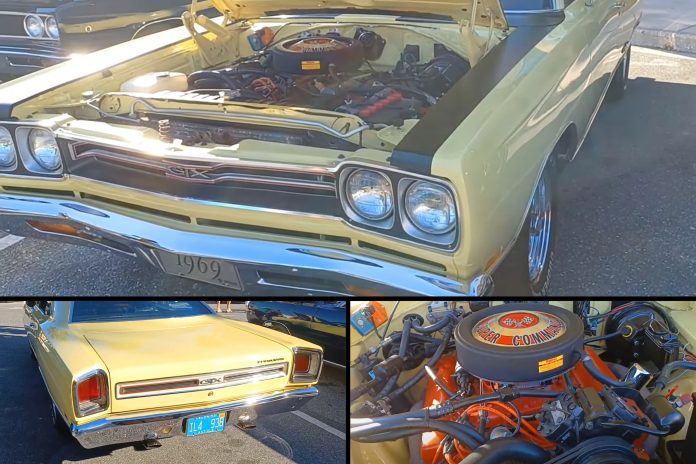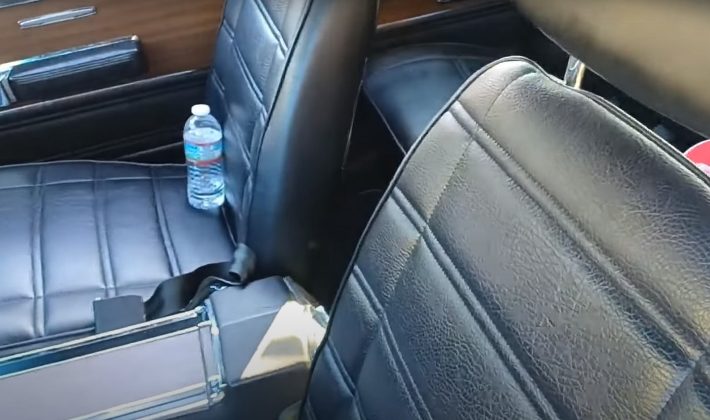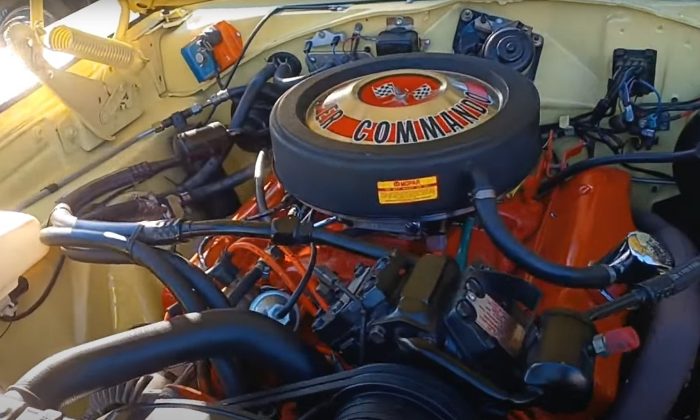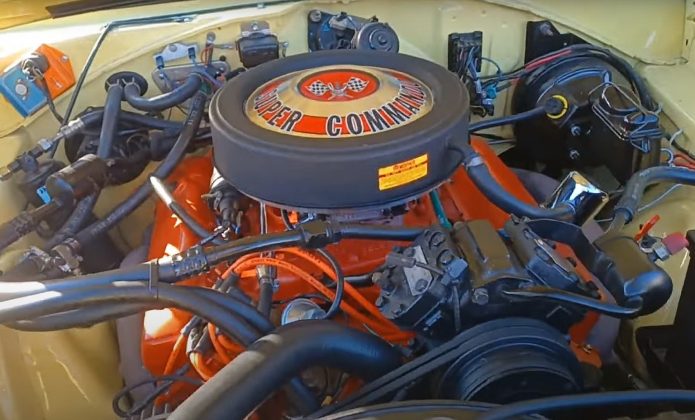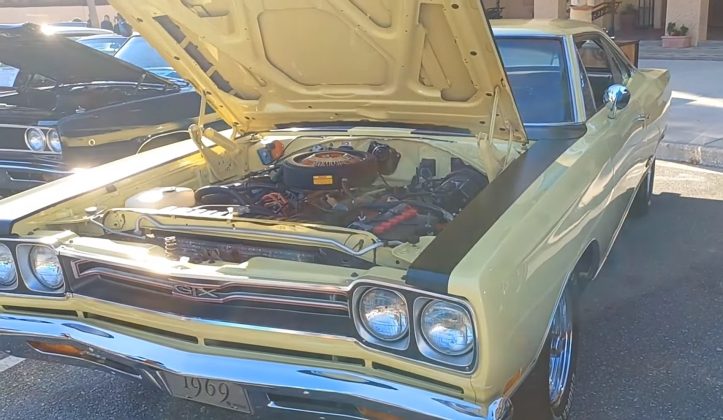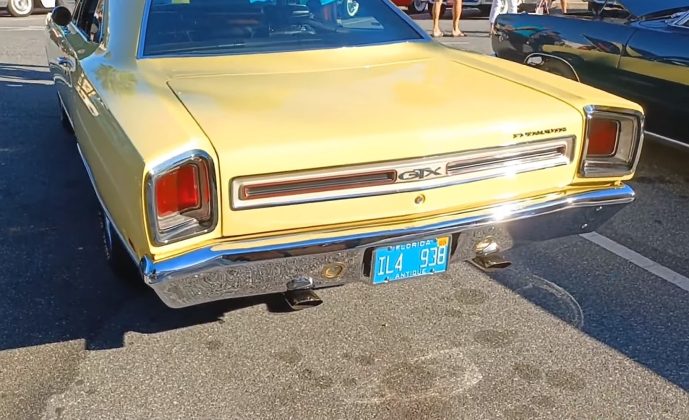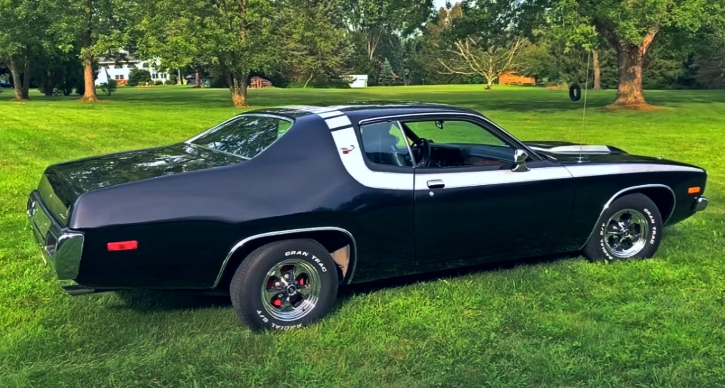In 1966, Dodge and Plymouth, two iconic American car manufacturers, entered the midsize car market with a bang. Dodge introduced the Charger, a fastback beauty decked out with powerful engines, including the mighty 426-cubic-inch HEMI. Shortly after, Plymouth responded with the GTX.
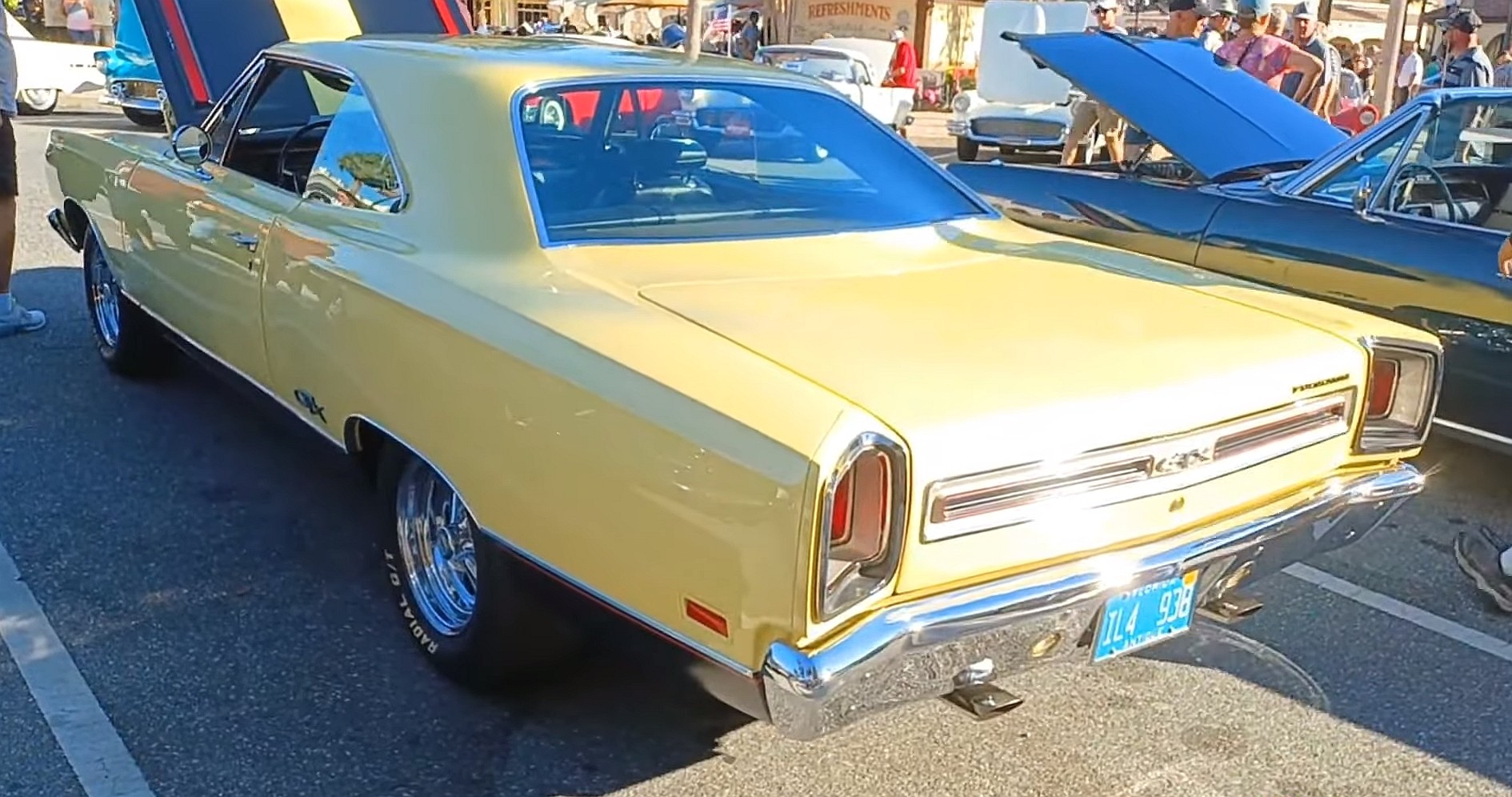
A Common Heritage Under the Skin
Though the Charger and GTX sported different exteriors, they had more in common beneath the surface. The Charger was built on the Coronet platform, while the GTX was an extension of the Belvedere lineage, both belonging to the B-body platform family.
The Charger exuded a sporty fastback look and featured a more luxurious interior. On the other hand, the GTX aimed for exclusivity in terms of performance. The Charger offered a small-block V8 engine in standard trim, while the Plymouth GTX was limited to the 440-cubic-inch and 426 HEMI powerplants.
Evolution Over the Years
As time passed, the Charger evolved into a no-nonsense muscle car by 1968. In contrast, the GTX maintained its premium status until it was eventually discontinued in 1971. Now, in 2023, the Charger is highly sought after, while the GTX stands out as the rarer of the two due to its lower production numbers. Dodge sold hundreds of thousands of Chargers during the 1966-1971 period, while Plymouth moved only 55,516 GTXs.
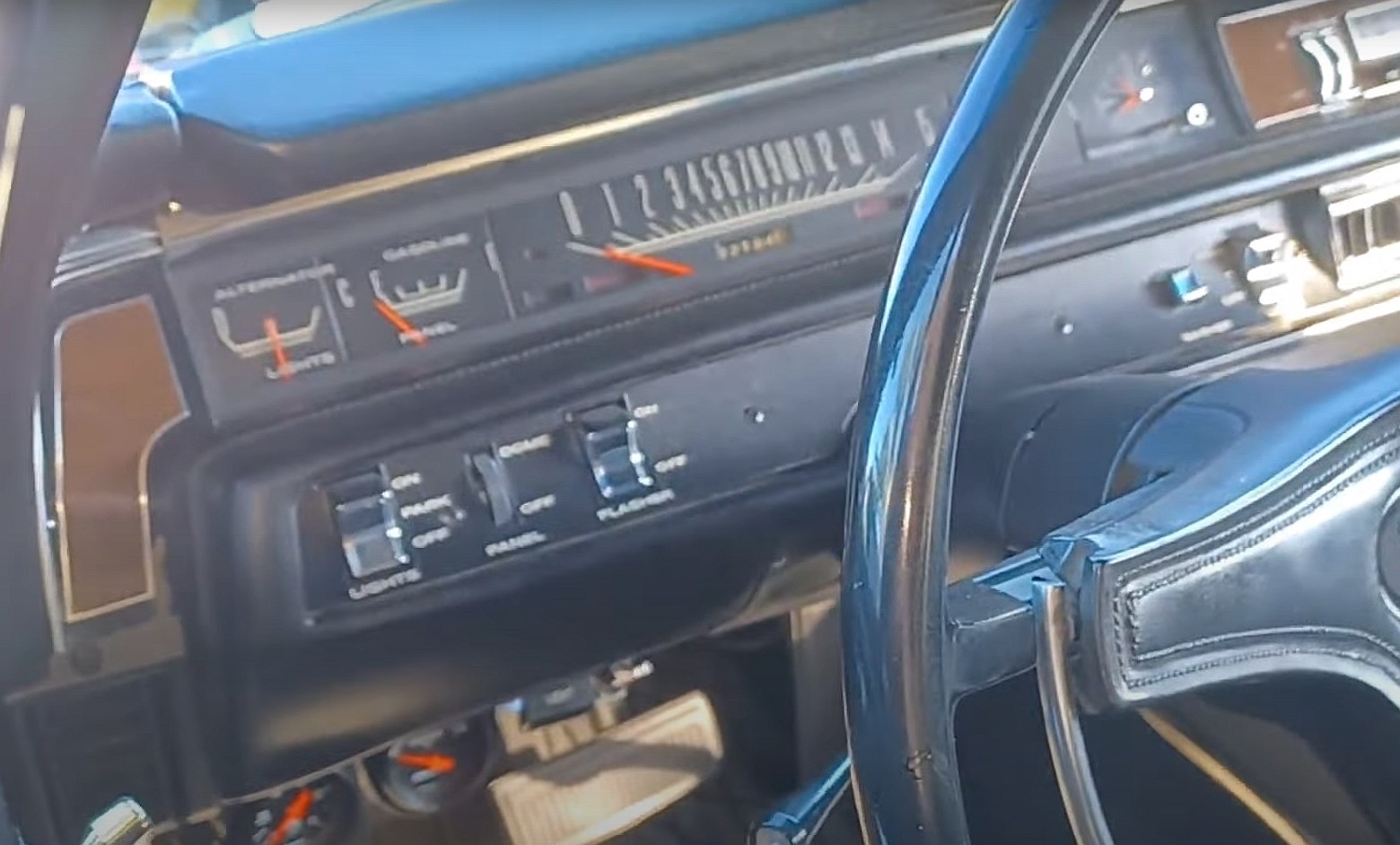
The final-year 1971 GTX was arguably the rarest, with only 2,942 units produced, closely followed by the 1970 GTX with 7,748 units made. The 1969 GTX, in the spotlight here, isn’t as scarce, with almost 15,000 built, but it’s a finely restored gem that’s not an everyday sight. It also flaunts a Sunfire Yellow finish, a color that’s less common than the hues from the High Impact color palette.


FAQ
Is It a HEMI Rarity?
But does this 1969 GTX fall into the category of those extremely rare and coveted HEMI-powered cars? It doesn’t. However, that doesn’t mean it’s not a gem. This hardtop runs on a 440 RB V8 engine, delivering a solid 375 horsepower when new.
A Pristine Beauty
More importantly, this muscle car is in impeccable condition. The Sunfire Yellow paint is flawless, as are the black graphics on the hood and the chrome trim on the front and rear. The interior, although not flashy with its all-black upholstery, is as clean as it gets, faithfully recreating the factory specs.
The Complete Package
This GTX is also graced with an immaculate engine bay. The Super Commando four-barrel 440 engine is spotless, and the inner side of the hood is equally pristine. In fact, it’s so clean you could almost have breakfast on the air cleaner.
Just How Rare Is It?
So, how rare is this GTX exactly? It’s one of nearly 13,866 examples equipped with the four-barrel 440 and one of 9,862 Super Commando cars fitted with an automatic gearbox. The Sunfire Yellow paint likely makes this number drop below 1,000 units, although we lack specific figures to confirm.
A Tremendous Mopar**
Even though it might not be exceedingly rare, this GTX boasts the complete package: a captivating color, spotless condition, and a numbers-matching V8. That, in essence, makes it a magnificent piece of Mopar history.



